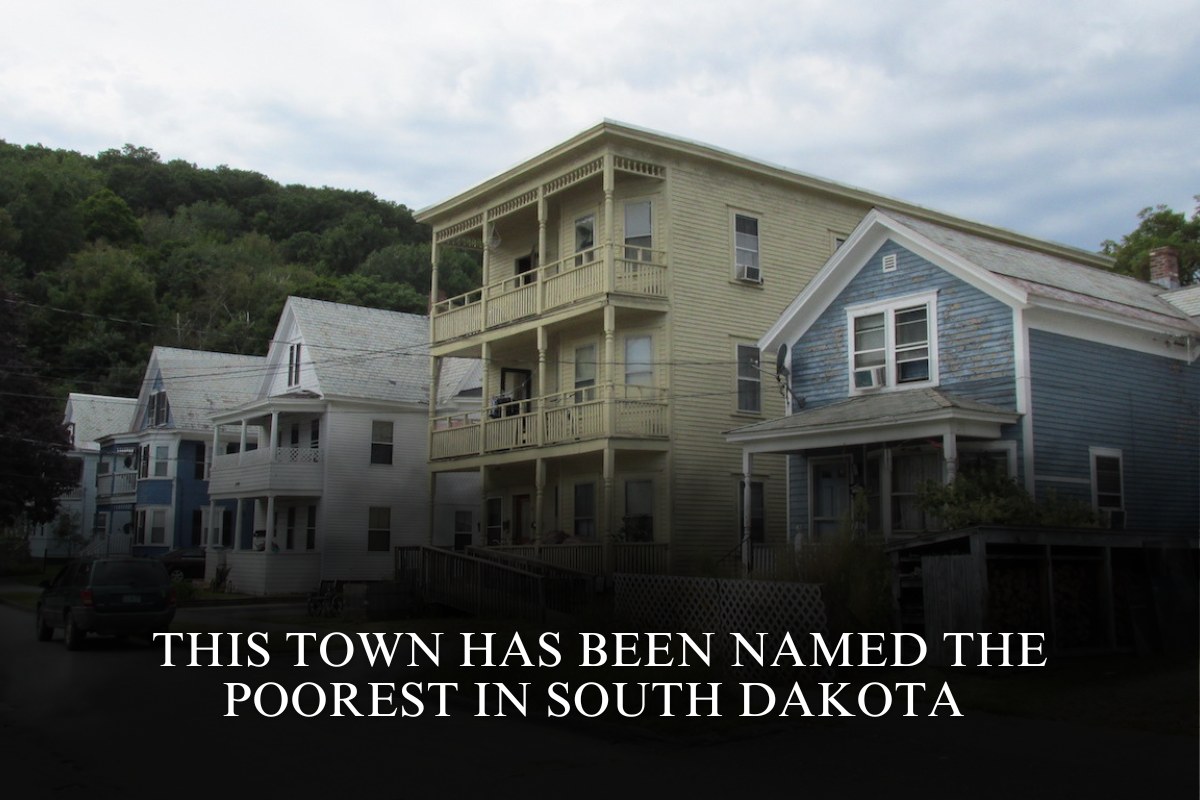Willimantic, located in the eastern part of Connecticut and part of the town of Windham, has been named the poorest town in Connecticut for 2025 based on recent poverty and income data. This designation highlights the economic challenges faced by many residents in this community and sheds light on broader socioeconomic disparities in the state.
Economic Overview of Willimantic
Willimantic’s median household income stands at approximately $40,122, significantly below Connecticut’s state average. The town experiences a poverty rate of about 30.3%, making it the highest in the state. A particularly concerning statistic is that nearly 40% of individuals under 18 in Willimantic live below the poverty line, illustrating the harsh impact on families and children.
Factors Contributing to Economic Hardship
Historically, Willimantic was a mill town, thriving during the industrial era with numerous factories and mills providing employment. However, like many similar towns in Connecticut, it has faced economic decline following the closure of major manufacturing facilities over the decades. The loss of these steady jobs has contributed to persistent poverty and limited economic opportunity for many residents.
Other contributing factors include limited access to well-paying jobs, challenges in education attainment, and rising living costs, especially housing. The high poverty rate is intertwined with issues such as food insecurity, healthcare barriers, and limited recreational and social services.
Social and Community Impact
The socioeconomic challenges in Willimantic affect multiple dimensions of community life. Families struggle with economic instability, which in turn impacts children’s educational outcomes and overall health. The high percentage of youth living in poverty underscores a critical need for targeted social and economic support programs aimed at improving opportunities for young people.
Despite these hardships, community organizations and local leaders work diligently to revitalize Willimantic through initiatives focused on economic development, education, and social services. Efforts include improving job training, expanding access to affordable housing, and enhancing community engagement.
Bridging Connecticut’s Economic Divide
Willimantic exemplifies the stark economic disparities that exist within Connecticut. While some towns and cities in the state, like Greenwich and West Hartford, boast high incomes and thriving economies, others continue to grapple with poverty and underinvestment. These disparities highlight the importance of addressing root causes such as education inequity, job availability, and affordable living costs to create more balanced statewide growth.
Looking Ahead: Opportunities for Renewal
There is hope for economic renewal in Willimantic through ongoing investments in infrastructure, education, and economic diversification. Programs aimed at supporting small businesses, attracting new industries, and fostering workforce development are essential to breaking the cycle of poverty and building a stronger local economy.
Willimantic’s designation as Connecticut’s poorest town underscores the complex challenges small post-industrial communities face. With nearly one-third of its population living in poverty and many children affected, the town’s circumstances call for continued attention and action. Through concerted efforts by government, nonprofits, and residents, Willimantic can work toward a future marked by opportunity and revitalization.
Sources
(https://stacker.com/stories/connecticut/cities-connecticut-most-living-poverty)
(https://yankeeinstitute.org/2025/06/24/does-connecticut-have-a-city-problem/)
(https://www.ctinsider.com/projects/2025/ct-average-income/)
(https://www.ctinsider.com/projects/2025/income-inequality-series-ct/)
(https://www.reddit.com/r/Connecticut/comments/1mvudj8/map_new_data_shows_cts_wealthiest_and_poorest/)











